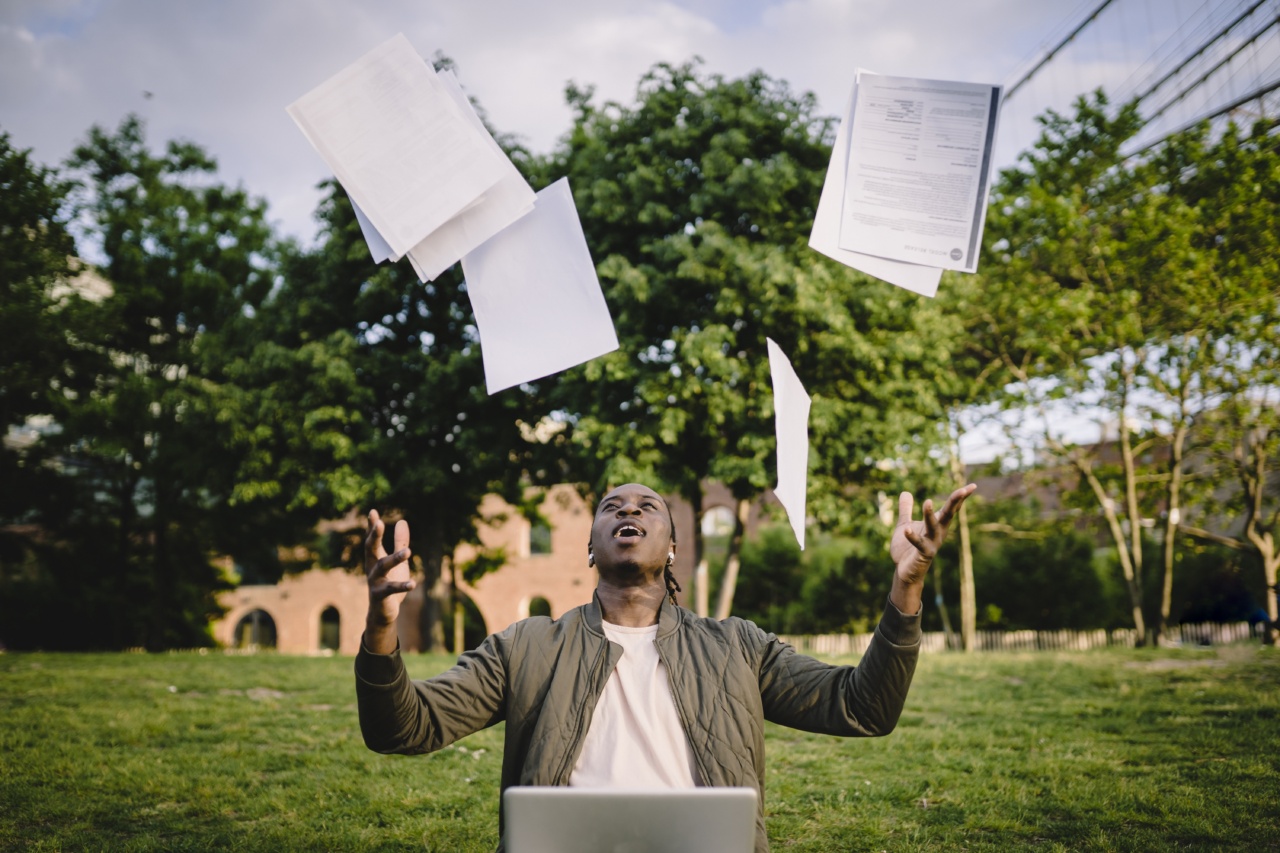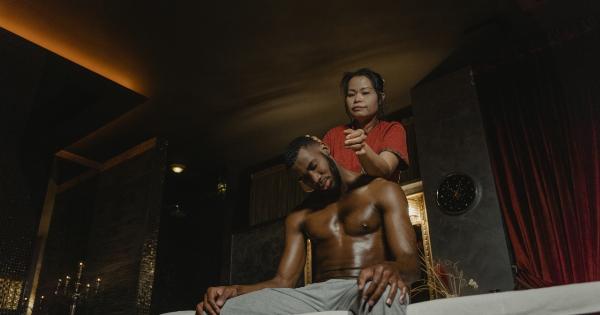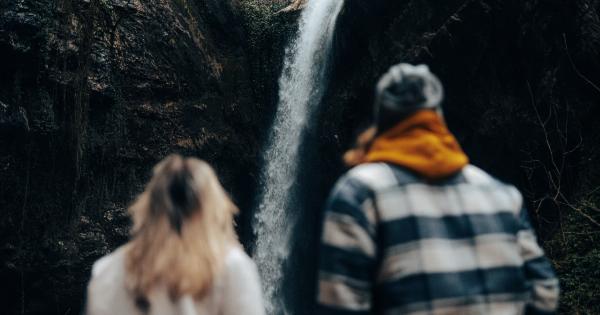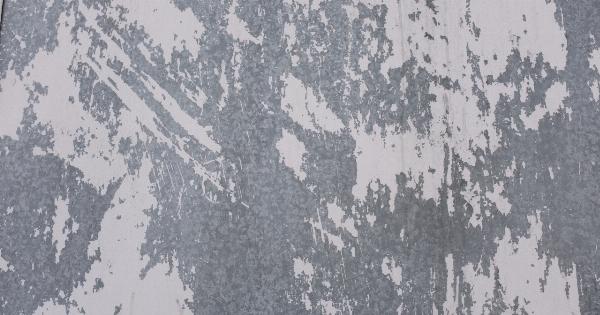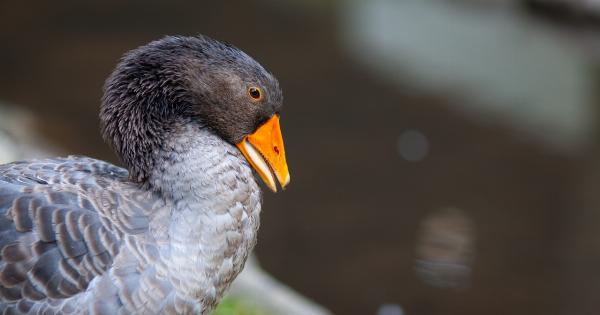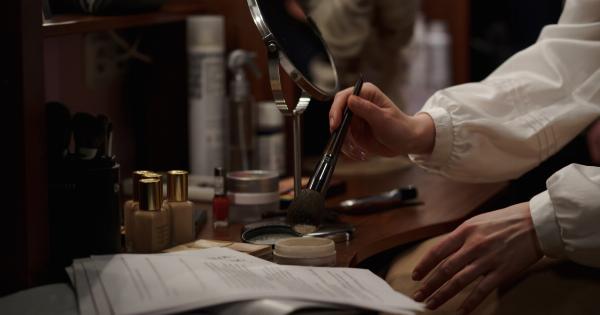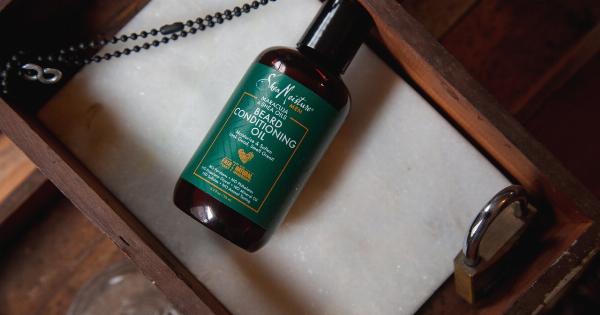Having lice is no joke- it can be uncomfortable, itchy and unappealing to your fellow humans. If you’re plagued with lice and nits and are wondering how to get rid of them, read on.
To successfully eliminate lice and their eggs, you need a multi-pronged approach that targets not only the lice and nits on your head but their entire life cycle. Here are some tips to help you get started.
: 1. Diagnose Your Lice
Before you start treating lice and nits, it’s important to confirm that’s what you’re dealing with. The symptoms of lice infestation include itching, redness, and tiny white eggs on the hair shafts.
You may also find adult lice crawling around on your scalp. To confirm the diagnosis, you can use a specialized comb for lice called a nit comb. This comb should be run through the hair to find nits (lice eggs) that are attached to hairs near the scalp.
: 2. Treat Everyone in Your Household
If one member of your household has lice, it’s likely that others are already infected or will become infected. To prevent the spread of lice, everyone in your home should be treated at the same time.
Depending on the age of your children, this may involve using different treatment products for different family members.
: 3. Choose an Effective Lice Treatment
There are many over-the-counter products that can be used to treat lice. These include shampoos, sprays and creams, among others.
It is important to read and follow the directions carefully to avoid adverse reactions, and to ensure that you treat the hair thoroughly. Some treatments may require a second application to kill any newly-hatched lice. Pregnant or nursing women or people with allergies should speak to their doctors before using any lice treatment.
: 4. Combing Out the Eggs
After using a lice treatment, you will need to comb out any remaining eggs or nits. Using a specialized nit comb, start at the scalp and work your way down to the end of the hair shaft.
Dip the comb in hot water to remove any eggs or nits that may be clinging to the comb.
: 5. Clean Your Home
Lice eggs are notoriously hardy and can survive off of a host for up to 10 days.
To effectively combat lice, you’ll need to decontaminate your home environment, which includes washing and drying clothing, bedding, and any items that the infected person may have come in contact with. Vacuuming carpets and furniture, and disinfecting combs and hairbrushes are also important steps. You might also consider using lice sprays to target potential home hot spots for lice and nits.
It’s important to wash and dry everything on high heat as lice cannot survive in high temperatures.
: 6. Prevent Future Lice Infestations
While there are no foolproof ways to prevent lice infestations, there are some steps that you can take to minimize the risk.
These include avoiding head-to-head contact with other people, checking your hair regularly (especially if you have small children), and keeping your hair up or tied back in situations where lice transmission is a possibility.
: 7. Natural Remedies for Treating Lice
If you’re looking for a non-toxic or natural way to get rid of lice, there are some remedies that you can try.
These include coating the hair and scalp with olive oil, mayonnaise or coconut oil, soaking the hair in vinegar, and using tea tree oil or essential oils like peppermint or lavender oil. While these remedies might work for some, there is no guarantee that they will work for everyone and may require more time and effort.
: 8. Consult Your Doctor
If your lice infestation is severe or persistent, it’s best to consult your doctor. Your doctor may prescribe stronger treatments, including prescription strength shampoos or creams, to help combat the infestation.
In some cases, your doctor may refer you to a lice specialist, who can provide further assistance in treating lice.
: 9. Don’t Panic
While lice infestations can be unpleasant and challenging to deal with, they are not dangerous to your health. It’s important to stay calm, follow the steps outlined above and be patient.
With persistence and a multi-faceted approach, you can get rid of lice and nits for good.
